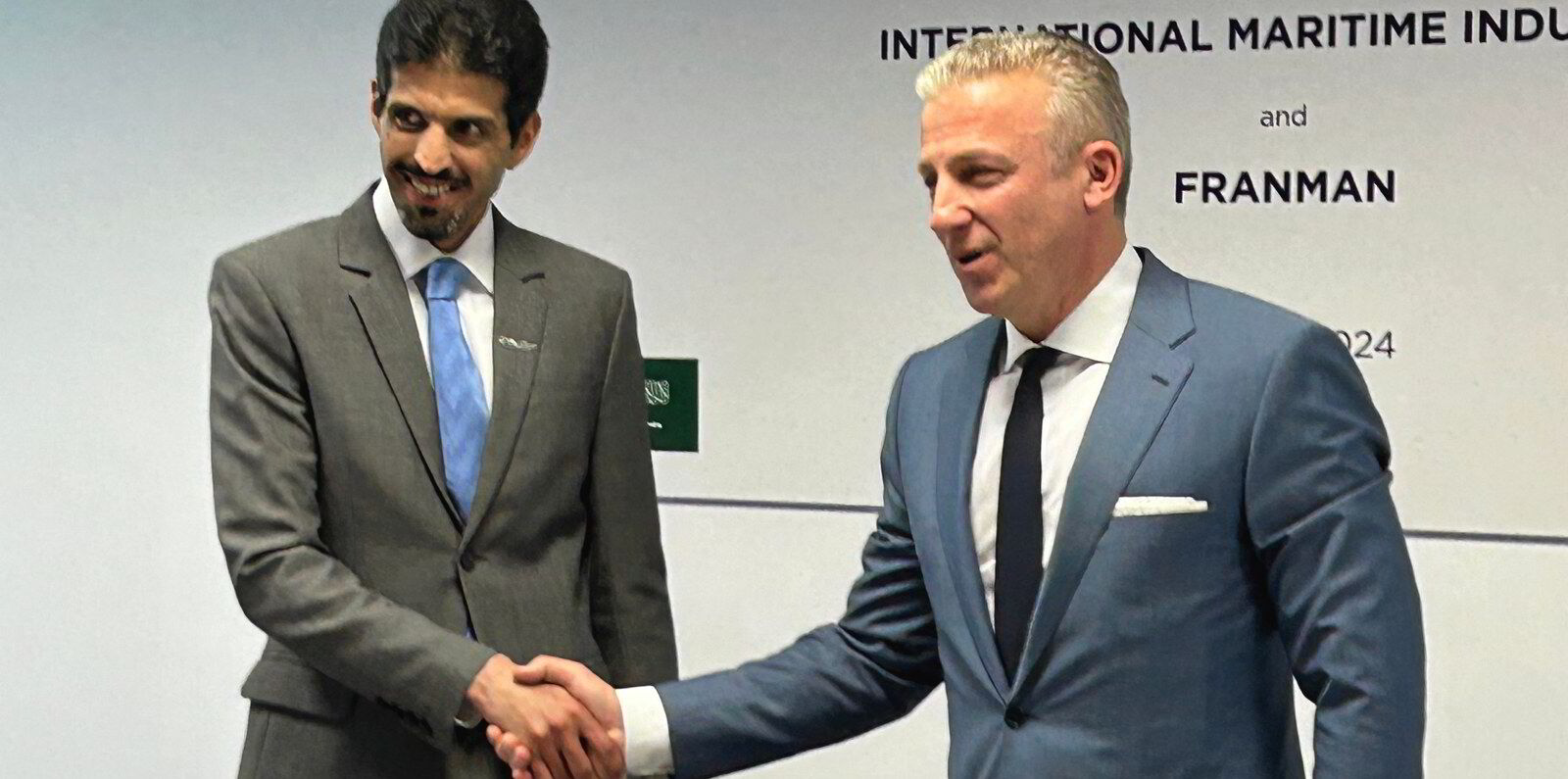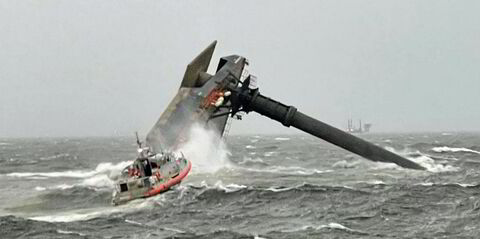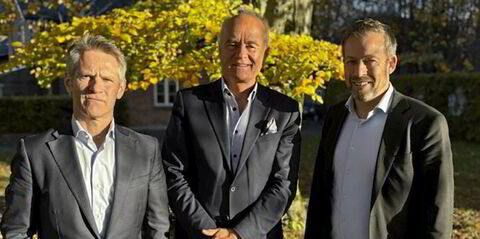Shipyard order backlogs are at such high levels that some newbuilding deliveries are likely to be delayed, pushing vessel handover dates forward and starting to impact berth availability in 2028.
Speaking on a webinar giving insights across the different shipping sectors, Fearnleys director and head of research Dag Kilen said Chinese shipbuilding capacity is very tight well into 2027 and the orderbook there is building out into 2028.
Kilen said the orderbook for 2024 and 2025 in compensated gross tonnes at South Korean yards are also showing well above what shipbuilders there have produced in the last five years.
He described the backlog at yards as “tremendously long” and said: “For both China and Korea, there is a relatively high risk of seeing some delays on deliveries.”
Kilen showed world orderbook figures for the backlog of tonnage on order in 2023, and while this was significantly above the five-year median, he said shipbuilders barely managed to produce much more than they normally did over the past five years.
For 2024, the projection is 40% above the five-year median and is also significantly higher in 2025 and 2026. Kilen said he would not be surprised if these newbuildings were not pushed forward into later years.
He said this means that even 2027 is “relatively full” on yard capacity.
Kilen said there has been some build-up on tanker, dry cargo and LNG ordering this year, while container ship newbuildings have proved more muted.
But he noted that there are over 100 container ships — mostly intermediate-size vessels — being discussed with yards globally.
In addition, the LNG industry is likely to need more vessels given the growth in liquefaction, and China has spoken about a requirement for over 100 newbuildings for domestic owners.
Kilen said as the industry approaches the end of the decade there will be a huge demand for fleet replacement —“basically a tsunami of phase-outs waiting”.
He said unless there is a significant change in yard capacity, shipbuilding capacity may remain tight even beyond the 2026 to 2027 window.
Kilen said newbuilding price momentum at shipyards has continued on an upward trajectory, with orders up year on year across all sectors, largely due to the fall off in the number of yards over the last 10 years as shipbuilders consolidate or disappear from the market.
He said subcontractors have been seen pushing prices and Chinese yards have been trying to close the price gap to their South Korean competitors.
Labour shortages have emerged at Korean yards, mirroring similar challenges now seen at Chinese facilities.
The research chief gave the example of new yard Hyundai Heavy Industries Gunsan, which he said had still not commenced construction despite having been training its new workers for some time.
Kilen also touched on fuelling choices for newbuildings.
He said that vessels can maintain compliance with the incoming FuelEU Maritime regulations until the end of 2039 by using fossil LNG and continue to 2050 by blending in bio-LNG.
Fearnleys expects interest in LNG as a fuel to pick up with increased supply and infrastructure build-out.
Kilen said methanol is an alternative but to be compliant in 2050, would require a 95% bio-methanol blend compared to around a one-third bio-blend for LNG.
“We would assume that LNG would be a cheaper and more widely available fuel,” he said.







